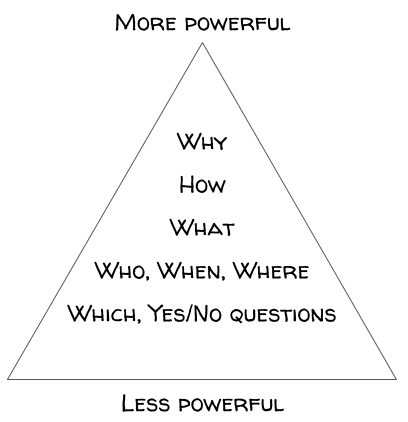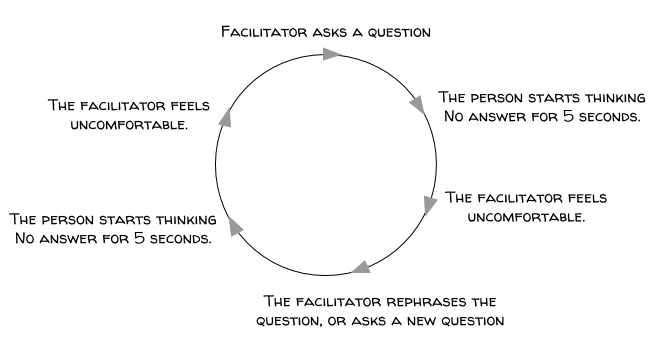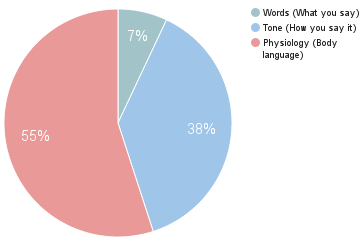In my tribe (BITS IT) we are currently experimenting with distributing leadership and amplifying self-management. We are iterating on Spotifys organizational model because it is creating tension for us. I’m going to share more about this experiment later this year.
An important part in amplifying self-management is to change how we conduct 1:1s. Just before we started our experiment we read Esther Derbys article about conducting 1:1s with self organizing teams and we then had a conversation about how we should conduct 1:1s.
I was asked to share some 1:1 tips and guidelines for people who are new to them, and I thought I’d share them here too. I hope they bring value to you!
Stay away from the driving seat
Like Esther mentions, unless I am coaching someone on behavioral or performance issues, in a self-managing environment the 1:1 is for the other person. That means that whenever I am raising topics I am putting myself in the driver seat.
Here are some tips that can help the other person take the driver seat.
- Let the person decide which room you have your 1:1 in
- Let the person pick seat first
- Ask questions that put the person in charge
- What do you want to get from this meeting?
- What would make this a valuable meeting for you?
- What do you want to talk about today?
Ask open-ended questions a.k.a Powerful questions
Open-ended questions help the other person explore different perspectives. The questions are called open-ended because they can’t be answered with yes or no, you don’t know the answer in advance, and they don’t have a correct answer.
Examples of open-ended questions are:
- ”Why do you think that is?”
- ”How did you imagine things would be?”
- “How have you dealt with a situation like this in the past?”
- ”What would make you behave that way?”
- ”What would you like to see happen?”
- ”What advice would you give to someone in your position?”
Find out why a topic is being brought up before you try to coach
People bring up topics for different reasons. Sometimes they want coaching, sometimes they want feedback, and sometimes they are just sharing. If you are unsure, double check by asking the person. ”Is this something you’re just sharing, do you want feedback, or do you want coaching on this?”. More often than you think the person will say ”No I’m just sharing. Here’s what I really want help with today.”
Offer, don’t push observations and opinions.
If you’ve made an observation or have an opinion about the current topic, offer it. ”Is it ok if I offer an observation?” or ”May I share how I solved something similar?” or ”May I share my opinion about this?”. The person will then either give you permission or say no and continue talking. The 1:1 is for the other person so it’s important to have consent. By getting permission to share you allow the person to get ready, and the person understands that this is an offer not an instruction. This reduces the likelyhood that you get into conflict over ideas, or one of you get into defensive mode.
If the person gives you consent you are suddenly driving and it’s important to remember to put the other person in the driver seat again. You can do that by asking a follow up question such as ”What ideas did that spark in you?” or ”What do you think after hearing that?” or ”What do you make of that?.
Honor that people are different and prefer different approaches
People are different. Some people prefer to discuss their problems directly. Other people don’t. Some like to build on strengths, some like to end meetings by taking a moment to reflect on what’s working well. Some like to start with chit chatting, other like to end with it.
If you understand the internal motivators of a person, and what structure s/he needs in 1:1, you unlock their problem solving ability.
In one of the most interesting 1:1s I facilitated we spent 40 minutes chit chatting, 10 minutes discussing a difficult topic, and we rounded off with 10 minutes of chit chatting. I later heard that that was what the person needed to be comfortable with discussing this topic.
Learn if the person is a silent or loud thinker – and use different tools
While some people form opinions silently in their head other people need to express their thoughts out loud a few iterations before they know what they mean. If you’re facilitating a 1:1 with a silent thinker you need to give space and be quiet after you ask a question. You might need to wait 5-10-20 or even 30 seconds before you get an answer.
On the other hand if you’re facilitating a 1:1 with a loud thinker you need to let the person talk and not get stuck in details s/he mentions. A tool that can be helpful here is to validate your understanding, often. “Is what you’re trying to say…x? or “Based on what you’ve said, here’s what I understand. Is that correct?”.
Be comfortable with silence
When people are in deep contemplation, which is where you want them in 1:1s, they are often quite. A common misconception is that this silence is making the person feel uncomfortable. As a facilitator you can be tempted to ask a new question or rephrase your question when this happens, but that can be counterproductive to your cause. A common negative loop is:

You’re communicating something, even when you think you’re not
You don’t know how the other person is interpreting your body language. Having a laptop up in a 1:1, sitting with your arms across, putting your arms on your head, putting your palm on your face, saying mmm/yes/I see often, all communicate different things. Most of your communication does not happen through spoken words.

In a 1:1 I had with my manager I spoke about the challenges I was facing and how I was approaching them. As I was doing this her body language shifted and I remember thinking to myself that she does not approve of my choices. I noticed myself getting into defensive mode even though she had not said a word! I interupted myself and told her how I was perceiving her and how that was affecting me, she then clarified that this is what she looks when she’s excited and inspired.
It is difficult to provide a specific guideline here. I try to be aware of my body language and communicate what my quirks mean e.g. “If I make this look or use this body language it means…X”.
Please share your tips and guidelines
There is course more to facilitating valuable 1:1s than what’s written above and I’d love to hear your thoughts on that!
What’s one tool or technique you wish you had learned earlier?
Thanks for reading! :)
2 Comments
Magnus Johnard
Hi Victor,
Very initiaded post. I like especially that you connect the 1:1 to different personality types to get the right traction.
I will use it straight off.
Thanks for sharing
Magnus
Filip Backström
I agree with Magnus, great post! I will use your observations in my next 1-to-1. Thanks for sharing and keep it coming! Cheers, /Filip